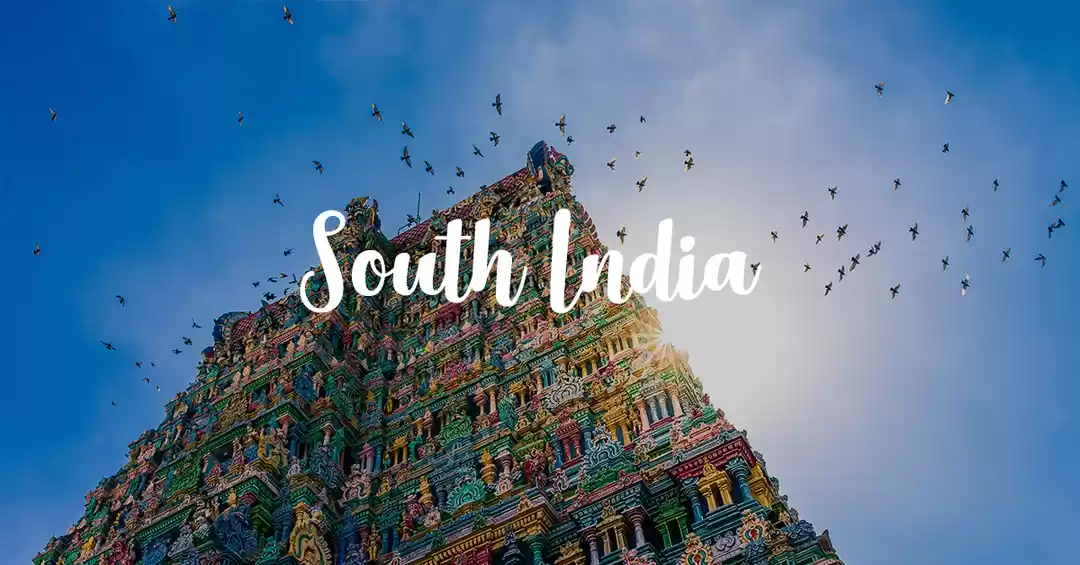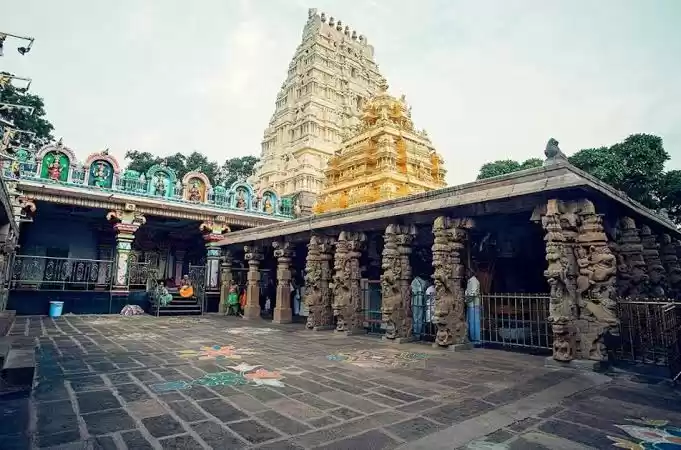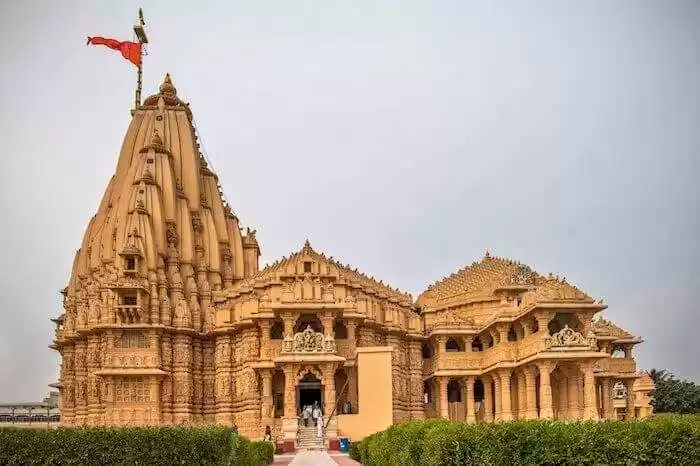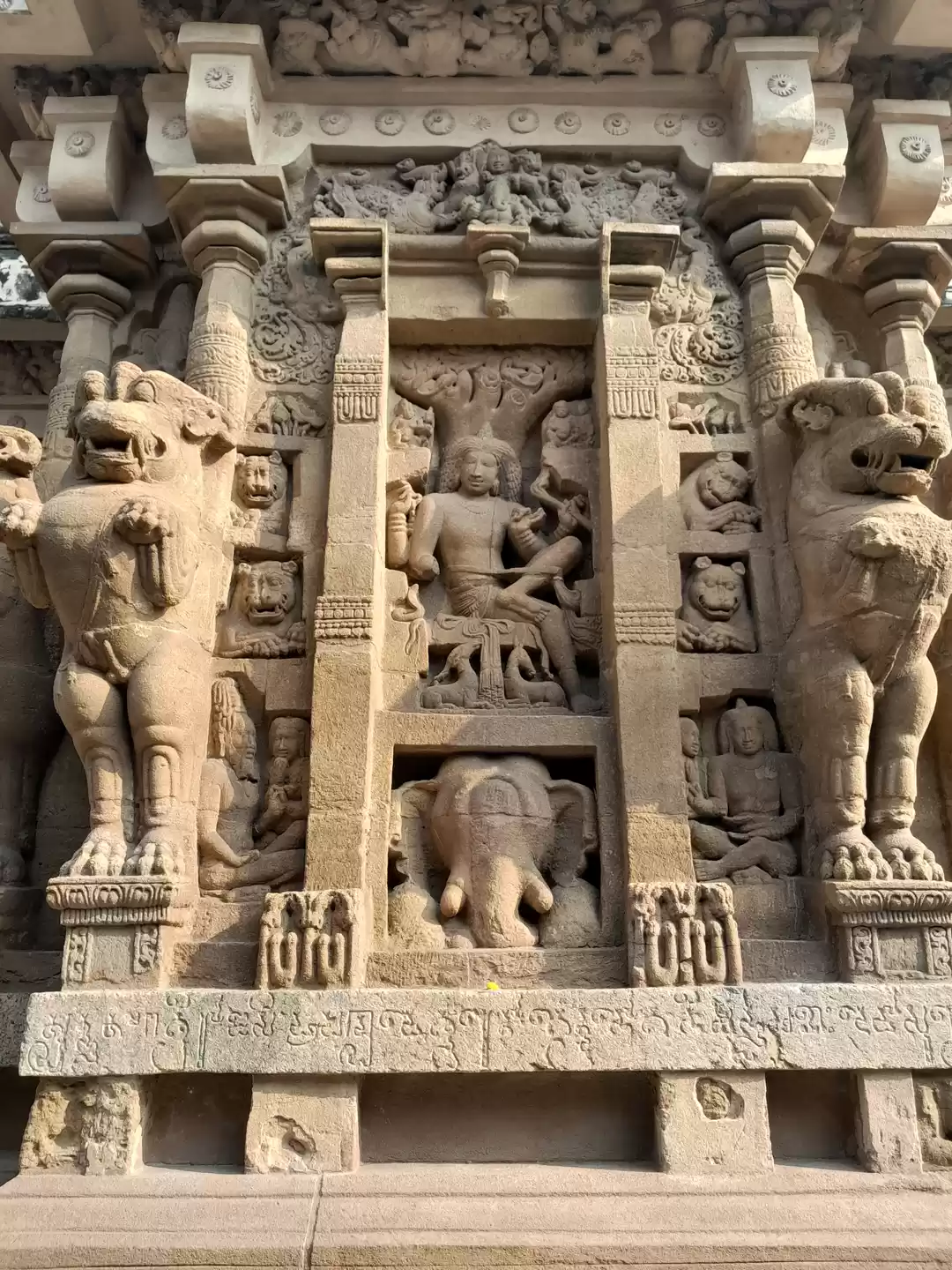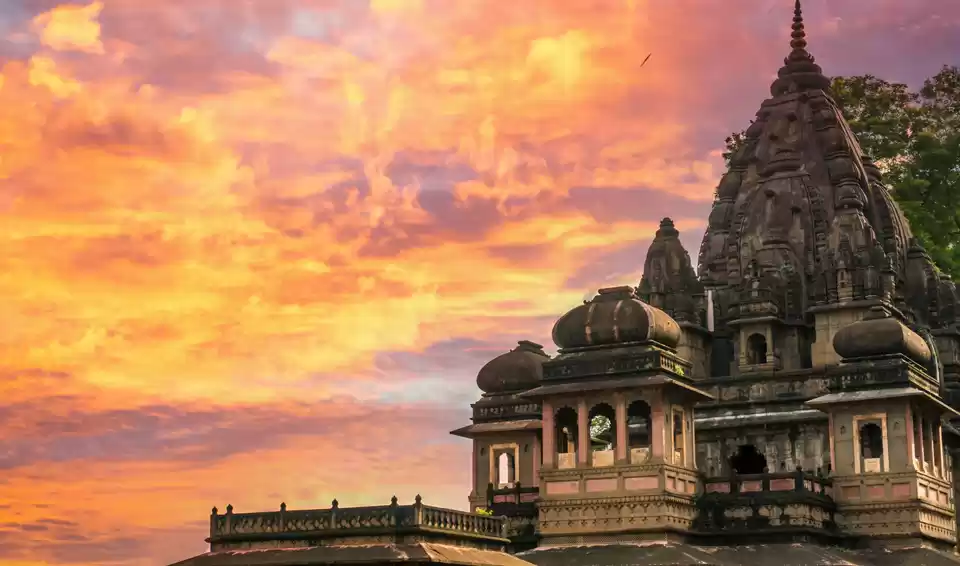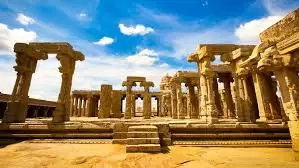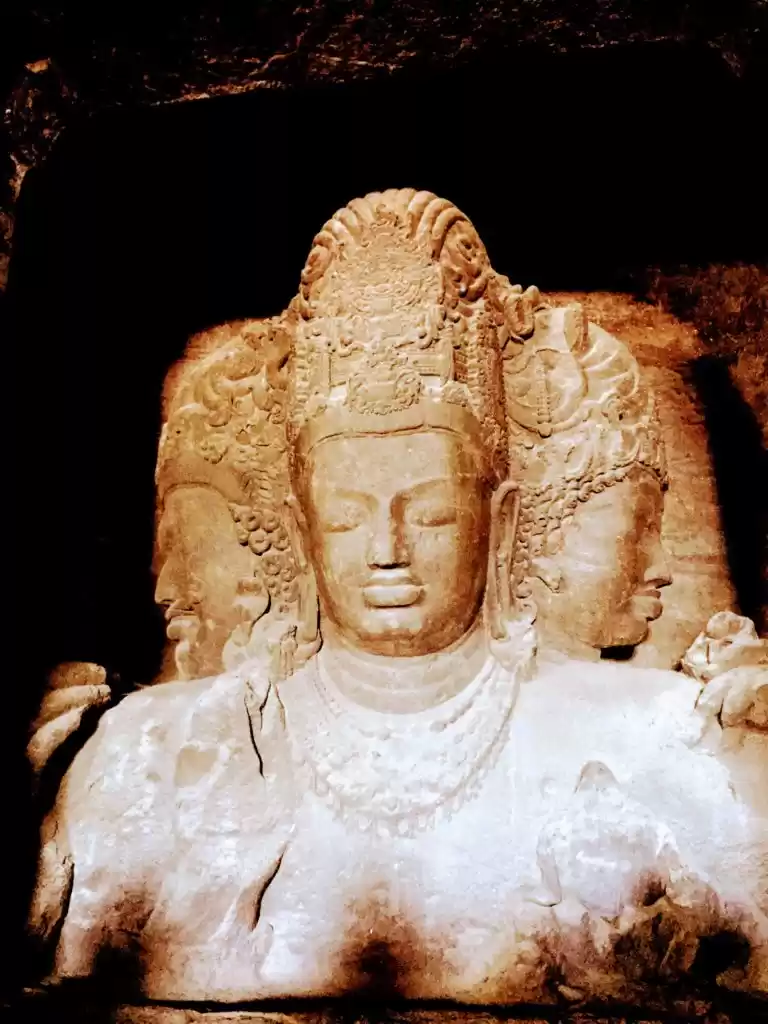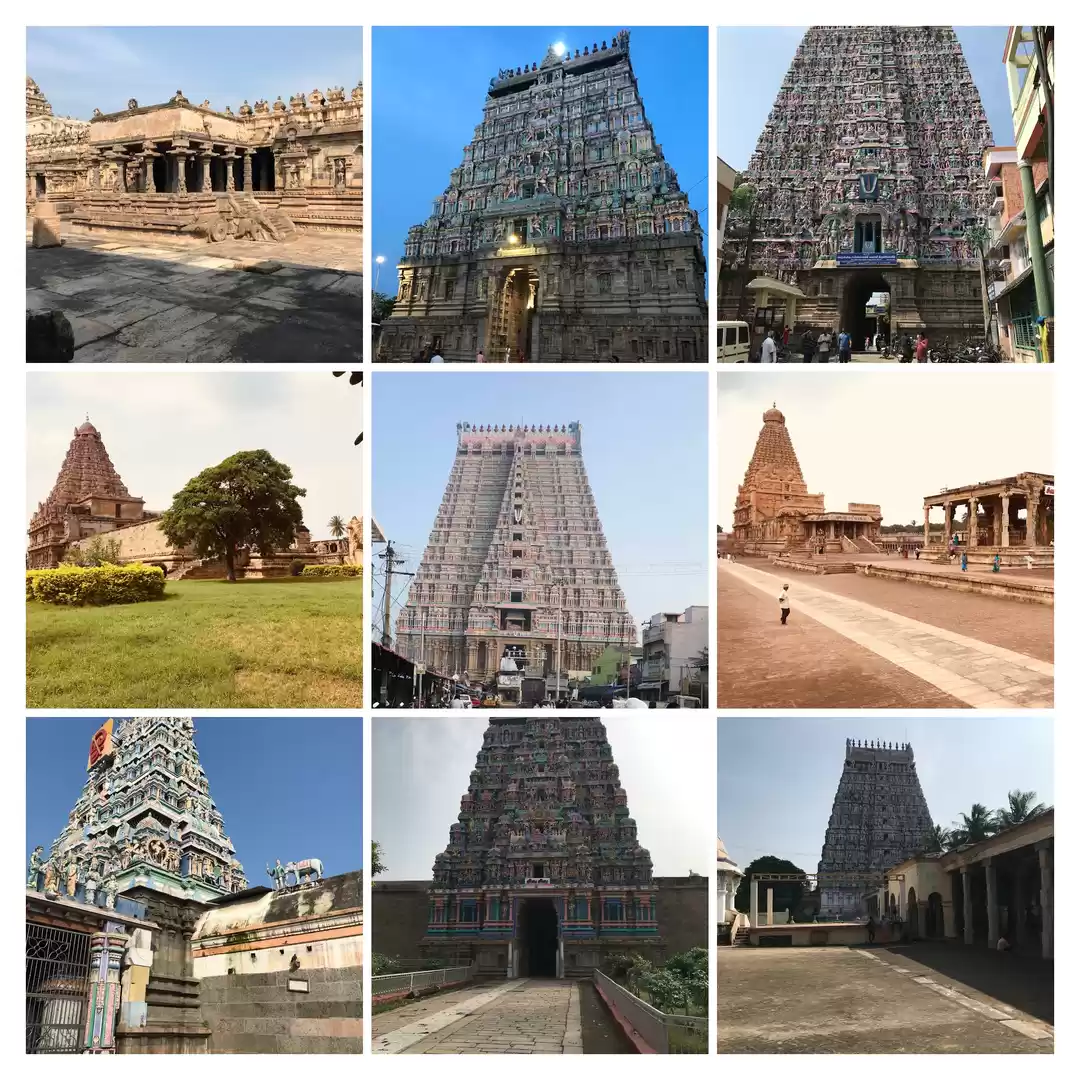
According to our Puranas, one day, Vishnu and Brahma had an argument over their superiority. Shiva appeared in front of them in the form of a raging fire and asked them to each find the tip of the fire. Whoever reaches the tip would be superior between the two. Brahma went upwards and Vishnu downwards in search of the tip, however Shiva increased the length of the flaming fire continuously. After thousands of miles, Vishnu conceded defeat and returned. Brahma was getting exhausted and, on the way, saw the Ketaki flower. He made Ketaki agree to lie that Brahma had indeed reached the top where the flower had resided and got the flower from there. When Brahma confronted Vishnu with Ketaki, Shiva appeared in his true form in front of them. Shiva was angered by Brahma’s lie and cursed him that he would never be worshipped and also banned the Ketaki flower from being offered for worship. The Fire form which Shiva took is the Arunachala hill in Thiruvannamalai – “Aruna” means Red (fire) and “Achala” means steady immovable; mountain. The hill is worshipped as Lord Shiva himself and devotees take the 14km parikrama/pradakshina (Girivalam) barefoot around the hill to worship the Lord. The hill has Ashta linga (8 Shiva linga) temples around it. Several saints and rishis have been drawn to Arunachala over the centuries. The presence of Lord Shiva can be felt everywhere in the holy town of Thiruvannamalai. Every full moon night, thousands of pilgrims’ worship Lord Shiva by going around the Arunachala hill barefoot.
The present Arunachaleshvara temple covering 10 hectares was built during the Chola dynasty in the 9th century. The Vijayanagara kings later expanded and maintained the temple in the 14th century, following by the Saluva Dynasty and the Tuluva Dynasty in the 15th century.






